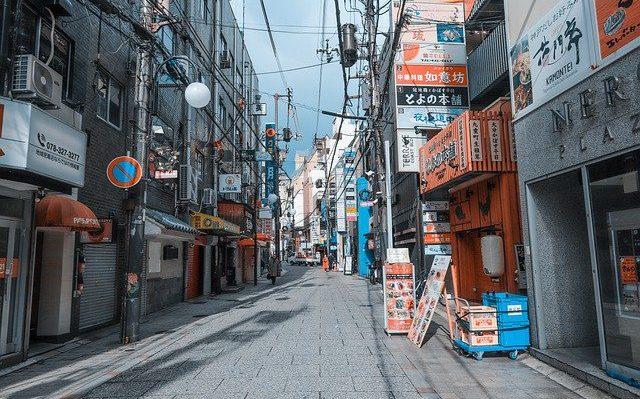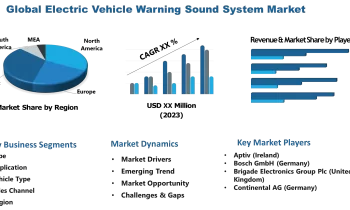
Japan posted a larger-than-expected decline in its factory output in February, as the effects of a chip shortage and an earthquake took their toll.
Official data released on Wednesday showed that Japan’s factory output in February contracted 2.1% from January. Dragging down the figures were heavy declines in the production of cars, electrical machinery, and information, and communication equipment.
A shortage of semiconductors led to drops in the production of cars and electrical machinery as factories all around the world are currently struggling with a shortage of semiconductors. Renesas, which commands nearly a third of the global market share for microcontroller chips used in cars had a major fire at one of its plants. The company said on Tuesday that it would take at least 100 days to get back to normal production at the plant.
Also contributing to the surprise decline (analysts had forecast just a 1.2% drop in Feb) was a 7.3-earthquake off the coast of eastern Japan in mid-Februrary which caused considerable disruption to production.
Ayako Sera, market strategist at Sumitomo Mitsui (NYSE:SMFG) Trust Bank said:
“The semiconductor shortage and natural disasters pushed down output by quite a lot,”
“It will be hard for production to rebound,” said Sera. “If there is a recovery in production, the pace will likely be very gradual.”
Factory output in Japan had rebounded in January – rising 4.3%. The increase was largely due to a sharp rise in the production of electronic parts and general-purpose machinery, as global demand for tech-making equipment remains strong.
More Trouble Ahead for Japan?
However, Japan, the world’s third-largest economy, is struggling to recover from the coronavirus pandemic. The immediate future doesn’t look too promising either. The Japanese economy is expected to contract in the current quarter due to coronavirus-related curbs that were imposed from early January for Tokyo and other areas.
Some analysts are also worrying that Japan’s economic recovery will be prevented or slowed by weak spending domestically and a slower-than-anticipated demand recovery abroad as economies around the world slowly reopen as the vaccination gradually gets rolled out



